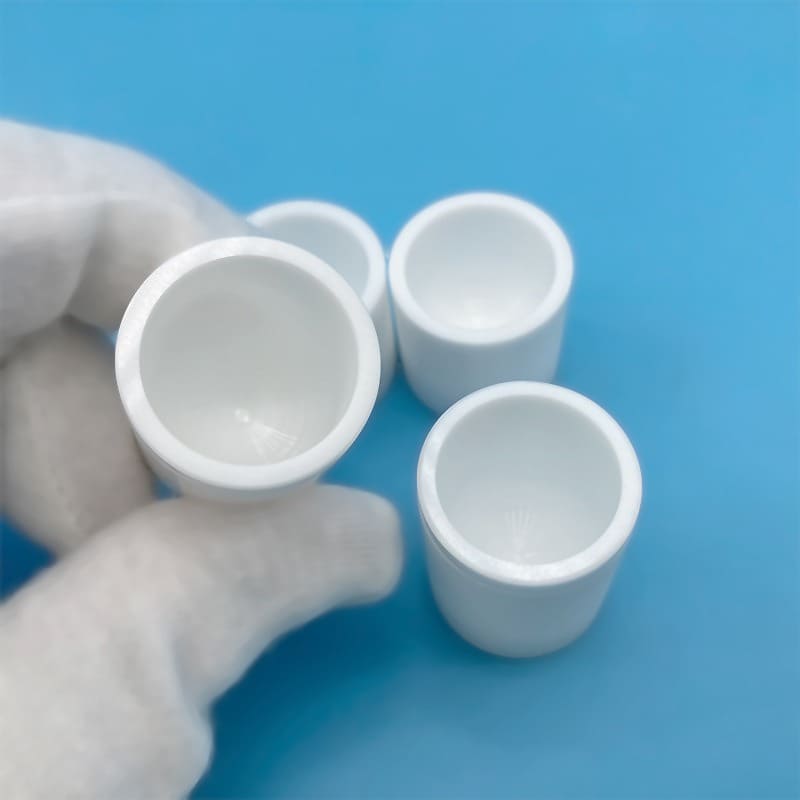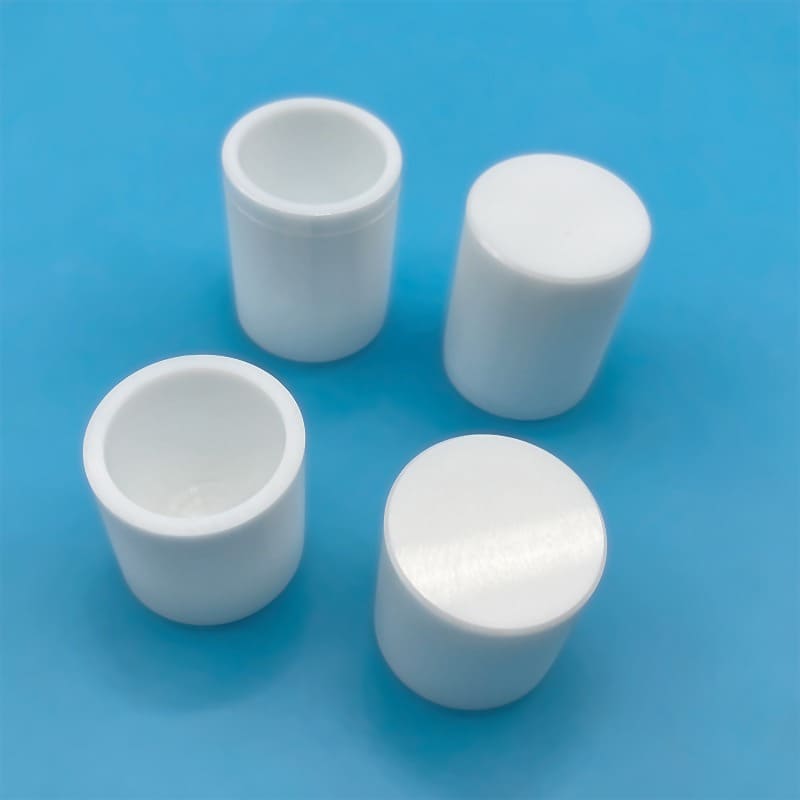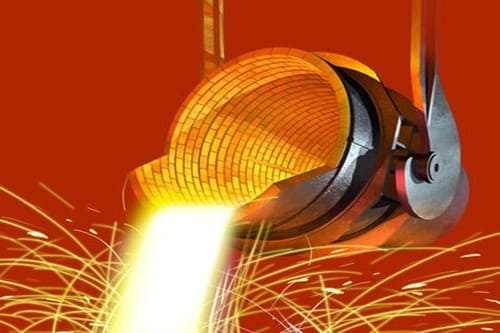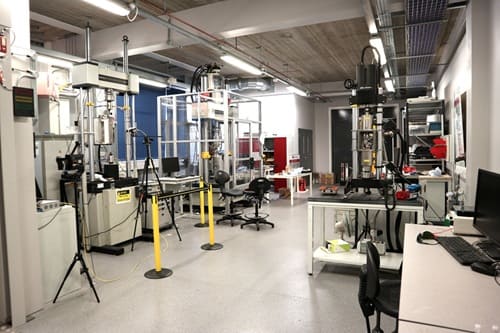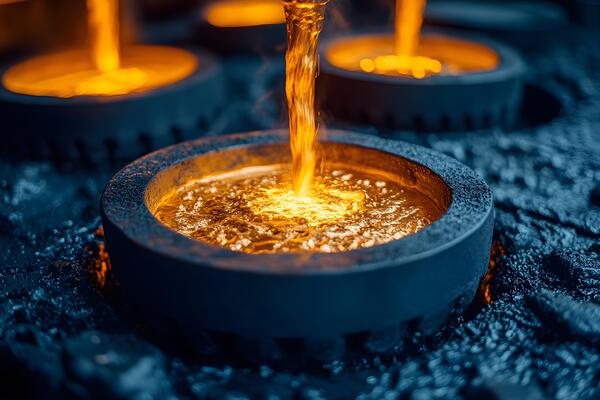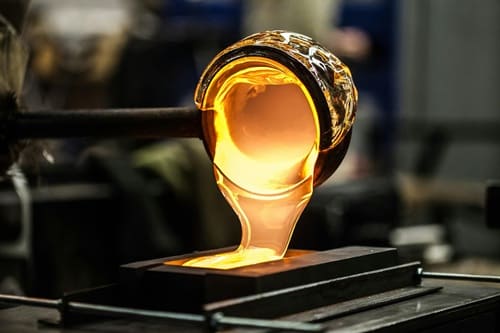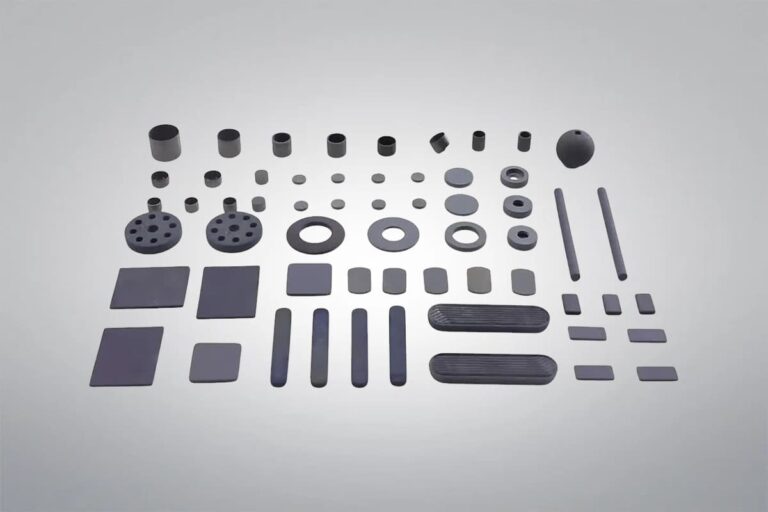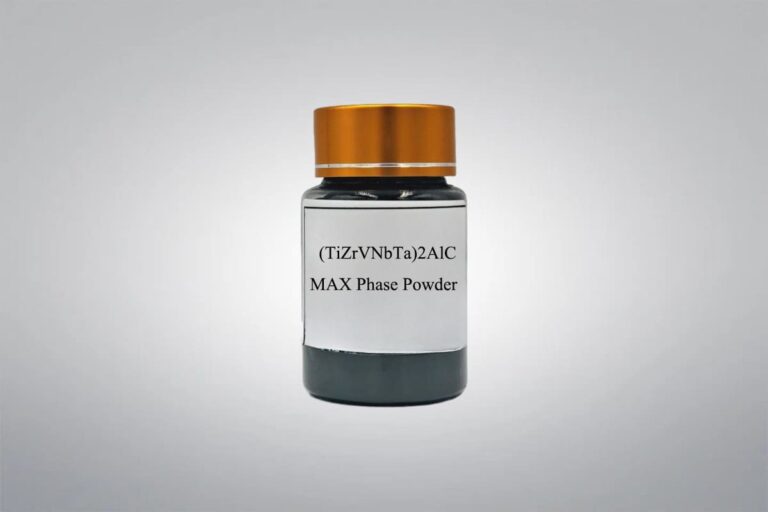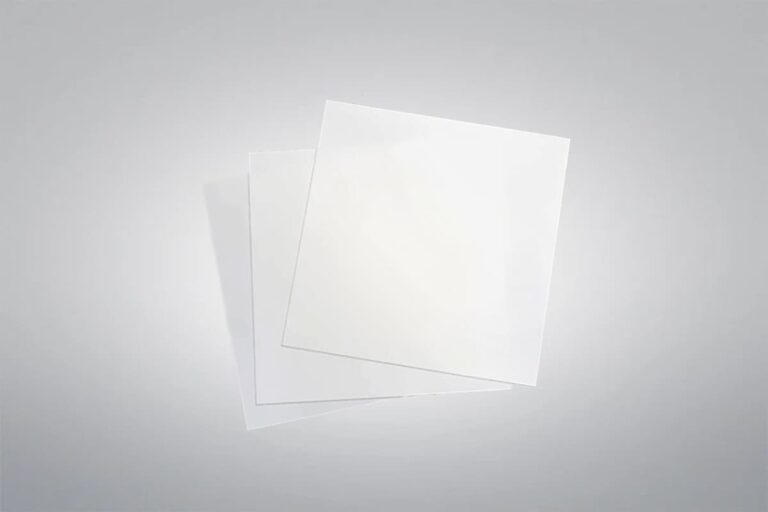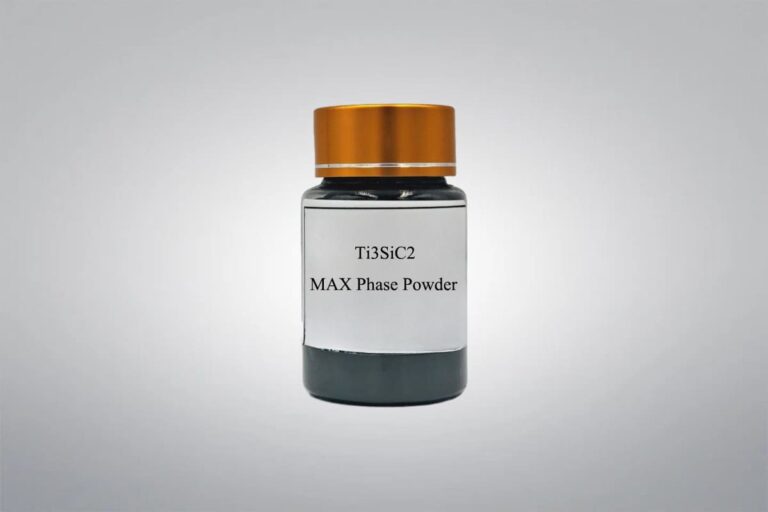Zirconia Ceramic Crucible
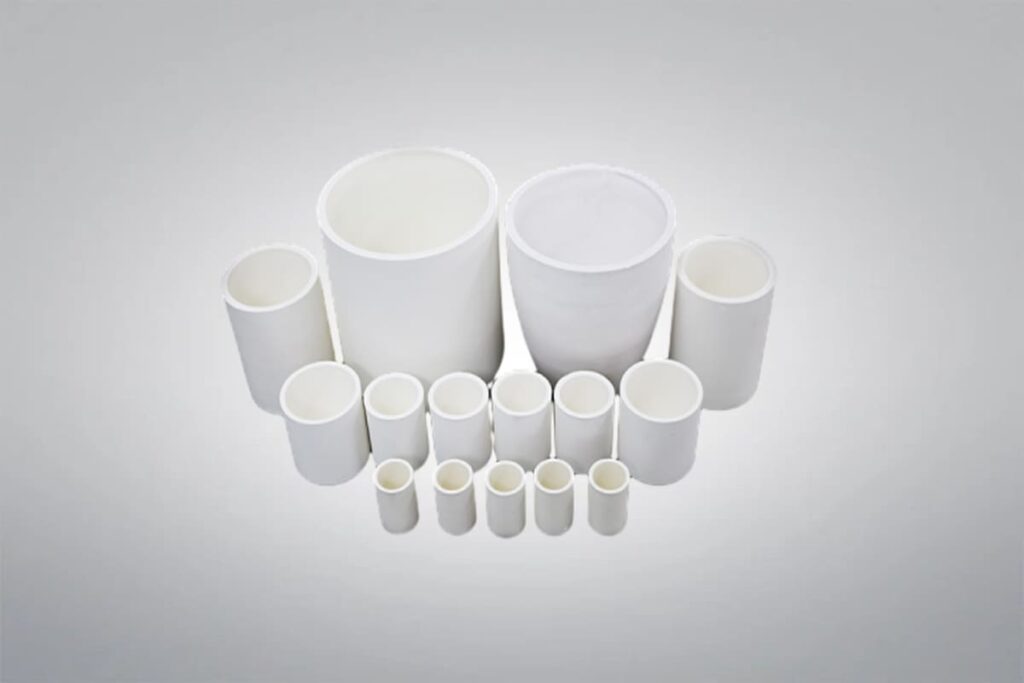
Zirconia Ceramic Crucible
Purity: ≥99%
Zirconia Ceramic Crucible is highly durable and resistant to high temperatures, capable of withstanding up to 2000°C. It is ideal for melting precious metals and high-temperature alloys, with a purity of 99.9%, it resists chemical reactions with molten metals like aluminum, iron, and platinum. Zirconia ceramic crucibles offer excellent heat stability, making them perfect for high-temperature applications in metallurgy and materials processing. We can supply high-quality zirconia ceramic crucible with various specifications and competitive prices, offering customized solutions to meet specific requirements.
Or email us at sales@heegermaterials.com.Zirconia Ceramic Crucible Data Sheet
| Reference Code: | HM2609 |
| Purity: | ≥99% |
| Color: | White |
| Chemical Formula: | ZrO2 |
| Material Grades: | Ultra Tough Grade, Ultra Tough HIP Grade, 3YZ Ceramic Grade, Nano HIP Grade |
| Maximum Operating Temperature: | 2000°C |
| Dimensions: | Customized according to specific drawings |
| Material: | ZrO2: 94.8±0.5%, Y2O3: 5.2±0.5%, or customized |
| Precision: | ±0.001 mm |
| Roughness: | Ra 0.1 μm |
Zirconia Ceramic Crucible Description
Zirconia Ceramic Crucible is renowned for its exceptional heat resistance, withstanding temperatures up to 2000°C, making it ideal for high-temperature applications. Known for its high purity (99.9%), zirconia crucibles are widely used in the melting of precious metals, high-performance alloys, and other materials requiring superior thermal stability. The material’s resistance to thermal shock, corrosion, and chemical attack ensures long-lasting performance in extreme conditions, offering a reliable solution for advanced industrial and scientific processes.
Zirconia Ceramic Crucible Features
- High-Temperature Resistance: Zirconia ceramic crucibles can withstand temperatures up to 2000°C, making them suitable for high-temperature applications, such as metal melting and alloy processing.
- Chemical Corrosion Resistance: Zirconia is highly resistant to chemical corrosion, ensuring durability even when exposed to aggressive chemicals and molten metals.
- Thermal Shock Resistance: Due to its excellent thermal shock resistance, zirconia crucibles can endure rapid temperature changes without cracking or deforming.
- High Purity: With a purity level of 99.9%, zirconia ceramic crucibles are ideal for applications that require contamination-free environments, such as precious metal melting.
- Low Thermal Conductivity: Zirconia has low thermal conductivity, allowing it to retain heat more effectively, improving energy efficiency in high-temperature processes.
Zirconia Ceramic Crucible Applications
- Metal Melting: Zirconia ceramic crucibles are widely used for melting precious metals such as gold, silver, platinum, and other high-temperature alloys due to their ability to withstand extreme temperatures.
- High-Temperature Laboratory Experiments: These crucibles are essential in scientific research for conducting high-temperature experiments, including material synthesis and thermochemical reactions.
- Casting of High-Temperature Alloys: Zirconia crucibles are used in the casting process of high-performance alloys and superalloys, where high heat resistance and chemical stability are required.
- Glass Manufacturing: Zirconia crucibles are used in the production of specialty glasses and ceramics that require high thermal stability and resistance to molten glass interactions.
- Electronics Industry: They are used in the processing of semiconductor materials and in the manufacture of electronic components that involve high-temperature sintering or fusion.
Zirconia Material Properties
Zirconia Material Grades
Ultra Tough Grade is a highly advanced zirconia ceramic composite material that combines partially stabilized zirconia with an enhanced crystal structure to achieve exceptional mechanical properties.
General Properties
- Operates at temperatures up to 1500°C
- Fully sintered for a pore-free structure
- High fracture toughness and impact resistance without compromising bending strength or hardness
- Enhanced resistance to crack propagation due to its unique microstructure
- Increased resistance to hydrothermal aging with Ceria partial stabilization
Applications
- High-pressure equipment such as ball valve balls and seats
- Ultra-high-pressure pumping elements
- Flow control devices for high-pressure equipment like homogenizers
- Deep well down-hole valves and seats
- Rollers and guides for metal forming
Ultra Tough HIP Grade is a cutting-edge composite material that has undergone Hot Isostatic Pressing (HIP) to achieve superior strength, toughness, and reliability, making it ideal for challenging applications.
General Properties
- Operates at temperatures up to 1500°C
- HIP-processed for exceptional strength and consistency
- High fracture toughness combined with excellent bending strength and hardness
- Superior crack deflection properties in a partially stabilized zirconia matrix
- Enhanced resistance to hydrothermal aging with Ceria partial stabilization
Applications
- High-pressure equipment like valve balls and seats
- Ultra-high-pressure pumping elements
- Flow control components for high-pressure homogenizers
- Deep well down-hole valves and seats
- Rollers and guides for metal forming
The 3YZ Ceramic Grade, based on 3 mol % Yttria Partially Stabilized Zirconia (3YSZ), provides a finer grain structure for enhanced mechanical properties and superior isotropy.
General Properties
- Operates at temperatures up to 1000°C
- Low thermal conductivity for temperature stability
- Excellent chemical inertness, particularly in molten metal environments
- High wear resistance and fracture toughness
- High hardness for demanding mechanical applications
Applications
- High-pressure equipment like ball valve balls and seats
- Ultra-high-pressure pumping elements
- Flow control devices for high-pressure homogenizers
- Deep well down-hole valves and seats
- Rollers and guides for metal forming
Nano HIP Grade features a 3 mol % Yttria Partially Stabilized Zirconia (3YSZ) with an ultrafine grain structure, densified through Hot Isostatic Pressing (HIP) for exceptional reliability and performance.
General Properties
- Operates at temperatures up to 1000°C
- Low thermal conductivity for better thermal management
- Outstanding chemical resistance, particularly in molten metals
- High wear resistance and excellent fracture toughness
- Ultra-fine grain structure providing high hardness and superior performance
Applications
- High-pressure equipment such as valve balls and seats
- Ultra-high-pressure pumping elements
- Flow control components for high-pressure homogenizers
- Deep well down-hole valves and seats
- Rollers and guides for metal forming
Zirconia Ceramic Machining

Zirconia, a high-performance ceramic, is known for its toughness, hardness, and wear resistance, making it ideal for applications requiring high mechanical strength and thermal stability. However, machining zirconia can be challenging due to its hardness and toughness, requiring different methods depending on its processing state.
Machining Zirconia in Different States:
- Green and Biscuit Form: Easier to machine before sintering, but tight tolerances can’t be maintained due to shrinkage during sintering.
- Fully Sintered Zirconia: Becomes hard and dense, requiring diamond grinding or cutting for precise shapes.
Common Machining Methods:
- CNC Machining: Used for complex shapes, often with diamond tools.
- Diamond Grinding: For precise dimensions and surface finish.
- Diamond Cutting and Sawing: Special diamond tools prevent cracking.
- Polishing: Smooths surfaces, especially for medical or precision applications.
Zirconia Ceramic Packaging
Zirconia ceramic products are typically packaged in vacuum-sealed bags to prevent moisture or contamination and wrapped with foam to cushion vibrations and impacts during transport, ensuring the quality of products in their original condition.
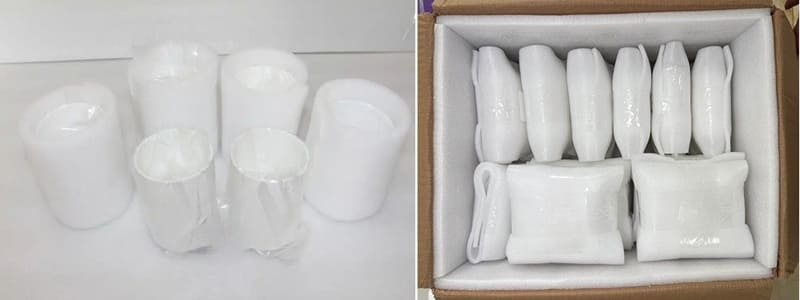
Download
Get A Quote
We will check and get back to you in 24 hours.

